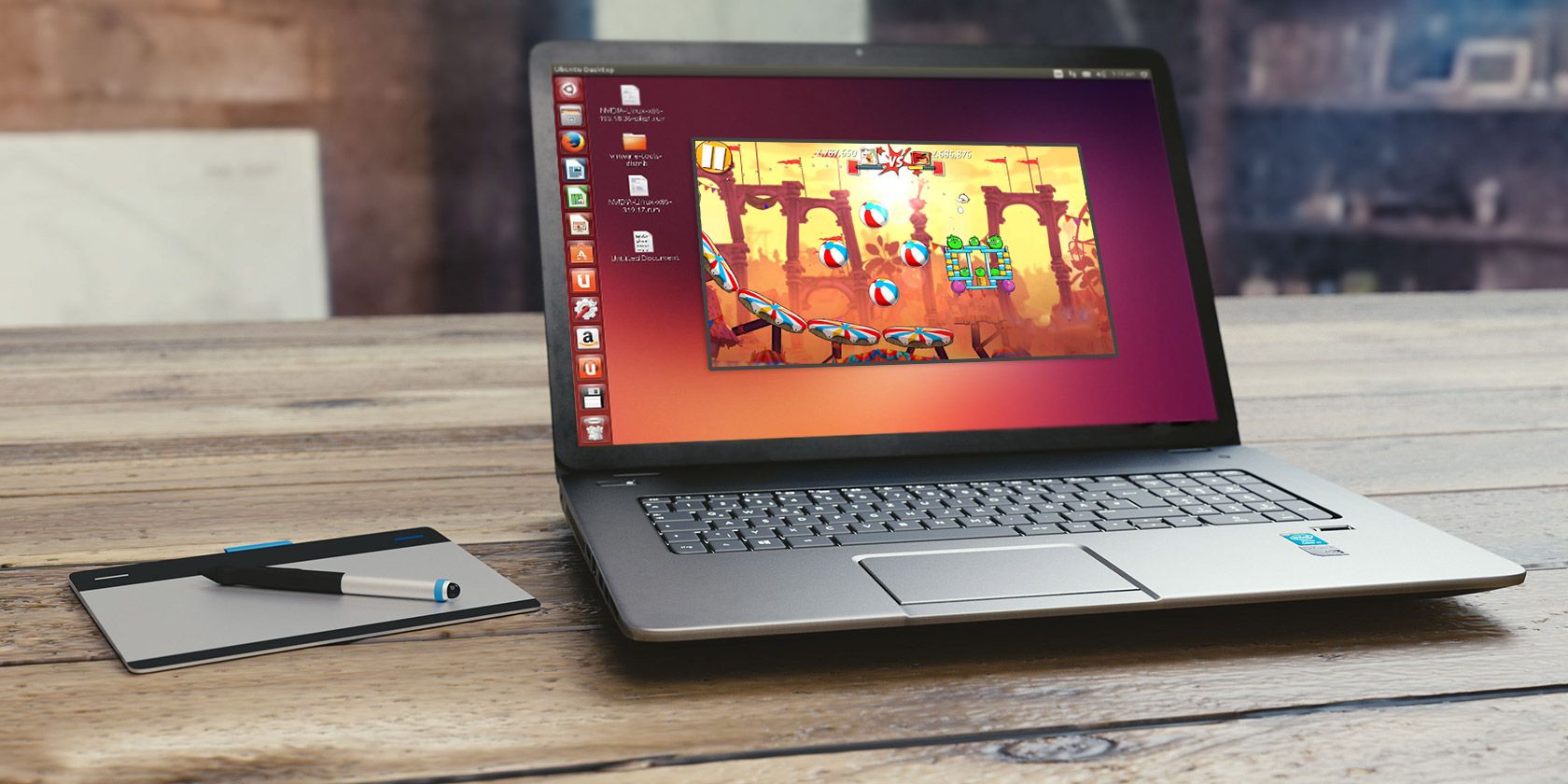Hello.
After 4 months of research,comparaisons,questions here and there,I've been able to watch NowTV on Linux.
An epic victory because SKY does not support this ; they want that we use Windows or Android for ARM on the mobile phones or MacOS. I want to do the same when I use FreeBSD. Unfortunately I still have some problems to fix 'cause some bhyve deficiencies. I've used Android X86 inside a vm.

The version of Android that I've used does not support my nVidia GPU maybe because Android needs the drivers (I have the RTX 2080 ti). Point is that my GPU has one USB controller integrated that usually I use to pass inside a VM a mouse and a keyboard and it does not work.
With qemu and virt-manager I solved the problem because they allow to share individual USB devices. I've also installled the Fresco USB 3.0 to PCI controller to a free PCI-e slot,but Android also does not recognize it.
In addition bhyve does not support EHCI or XHCI I think,because even without passing an USB controller,the mouse doesn't work on Android.
So,I don't know how to pass a mouse to Android through bhyve. Without it,it is uncomfortable to watch Netflix or NowTV.
Someone can suggest something ? Maybe a tecnique,tool to share a mouse between the host (FreeBSD) and the guest (Android).
UPDATE : I've bought this keyboard :
https://it.aliexpress.com/item/1005007139107254.html
I'm sure it will fix the problem I have with the mouse that can't be passed through bhyve within the Android 7 vm,since it has a touchpad incorporated
After 4 months of research,comparaisons,questions here and there,I've been able to watch NowTV on Linux.
An epic victory because SKY does not support this ; they want that we use Windows or Android for ARM on the mobile phones or MacOS. I want to do the same when I use FreeBSD. Unfortunately I still have some problems to fix 'cause some bhyve deficiencies. I've used Android X86 inside a vm.
The version of Android that I've used does not support my nVidia GPU maybe because Android needs the drivers (I have the RTX 2080 ti). Point is that my GPU has one USB controller integrated that usually I use to pass inside a VM a mouse and a keyboard and it does not work.
With qemu and virt-manager I solved the problem because they allow to share individual USB devices. I've also installled the Fresco USB 3.0 to PCI controller to a free PCI-e slot,but Android also does not recognize it.
In addition bhyve does not support EHCI or XHCI I think,because even without passing an USB controller,the mouse doesn't work on Android.
So,I don't know how to pass a mouse to Android through bhyve. Without it,it is uncomfortable to watch Netflix or NowTV.
Someone can suggest something ? Maybe a tecnique,tool to share a mouse between the host (FreeBSD) and the guest (Android).
UPDATE : I've bought this keyboard :
https://it.aliexpress.com/item/1005007139107254.html
I'm sure it will fix the problem I have with the mouse that can't be passed through bhyve within the Android 7 vm,since it has a touchpad incorporated
Last edited:




